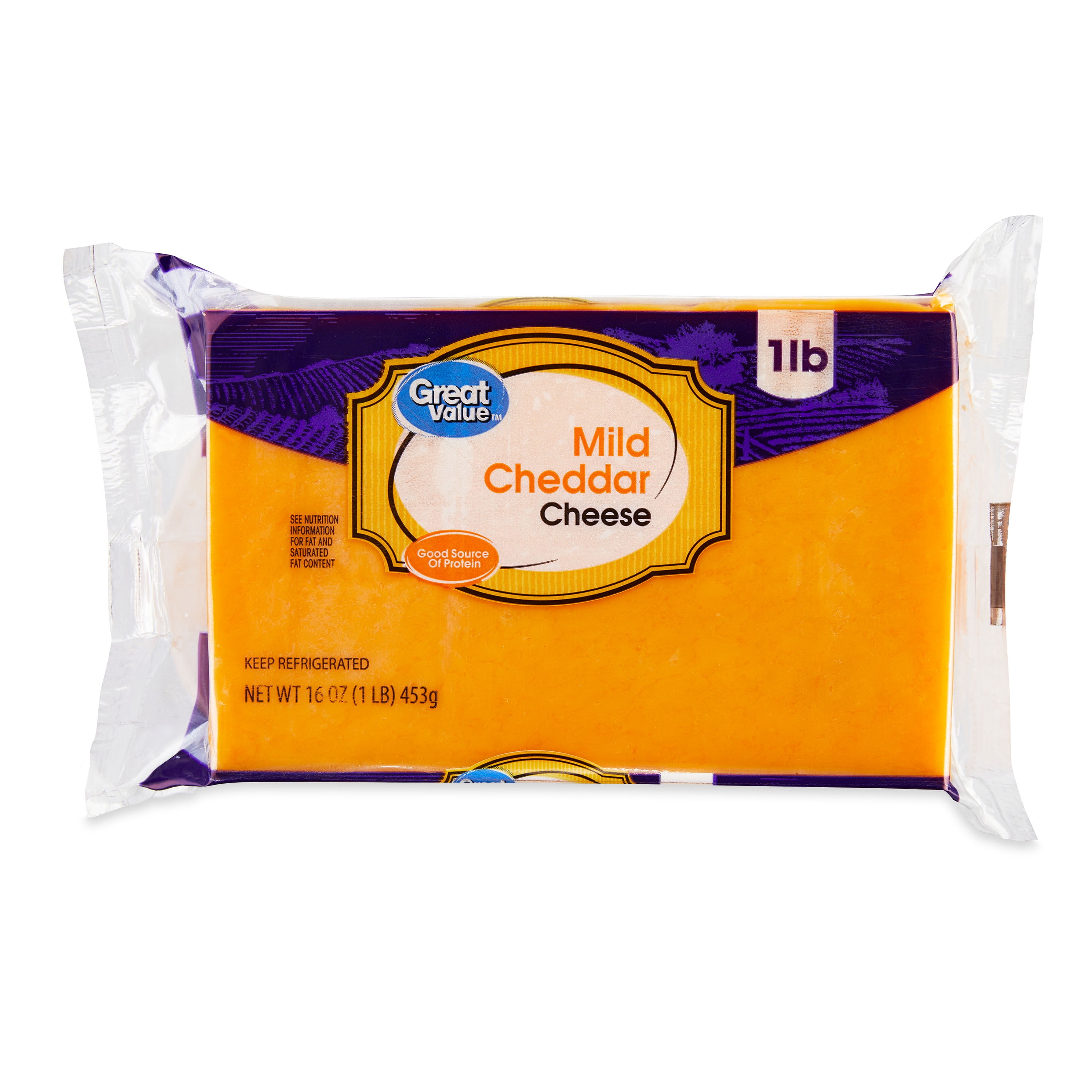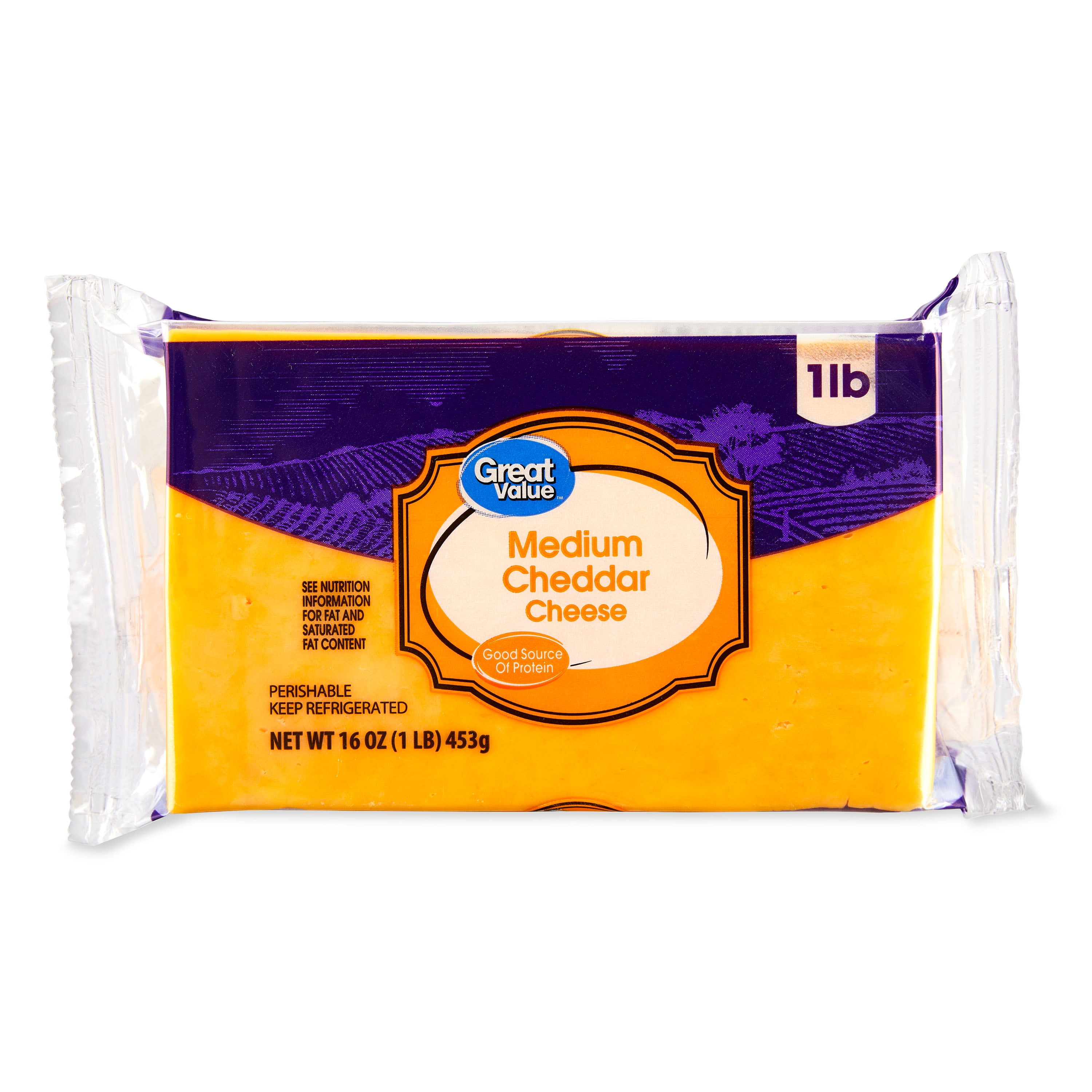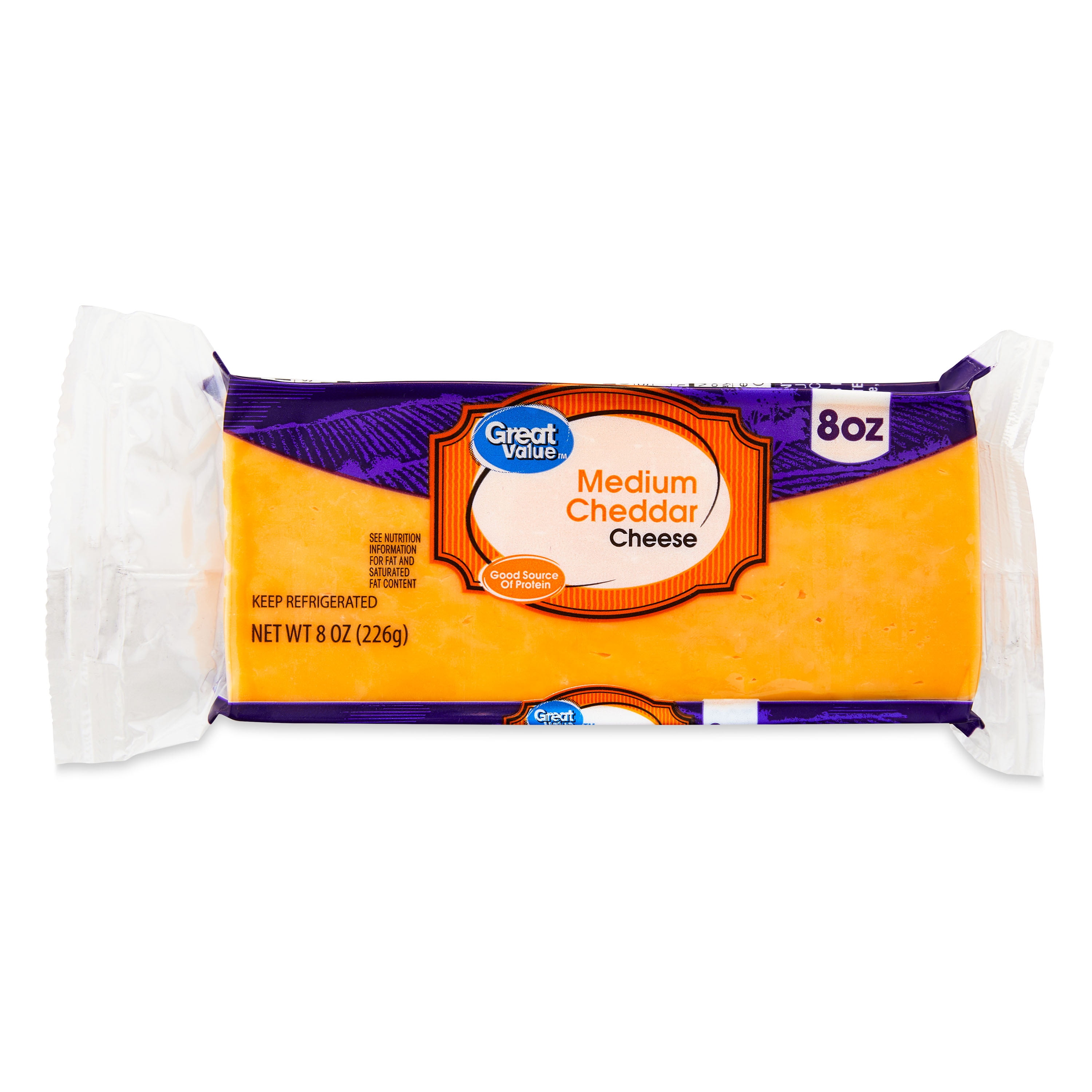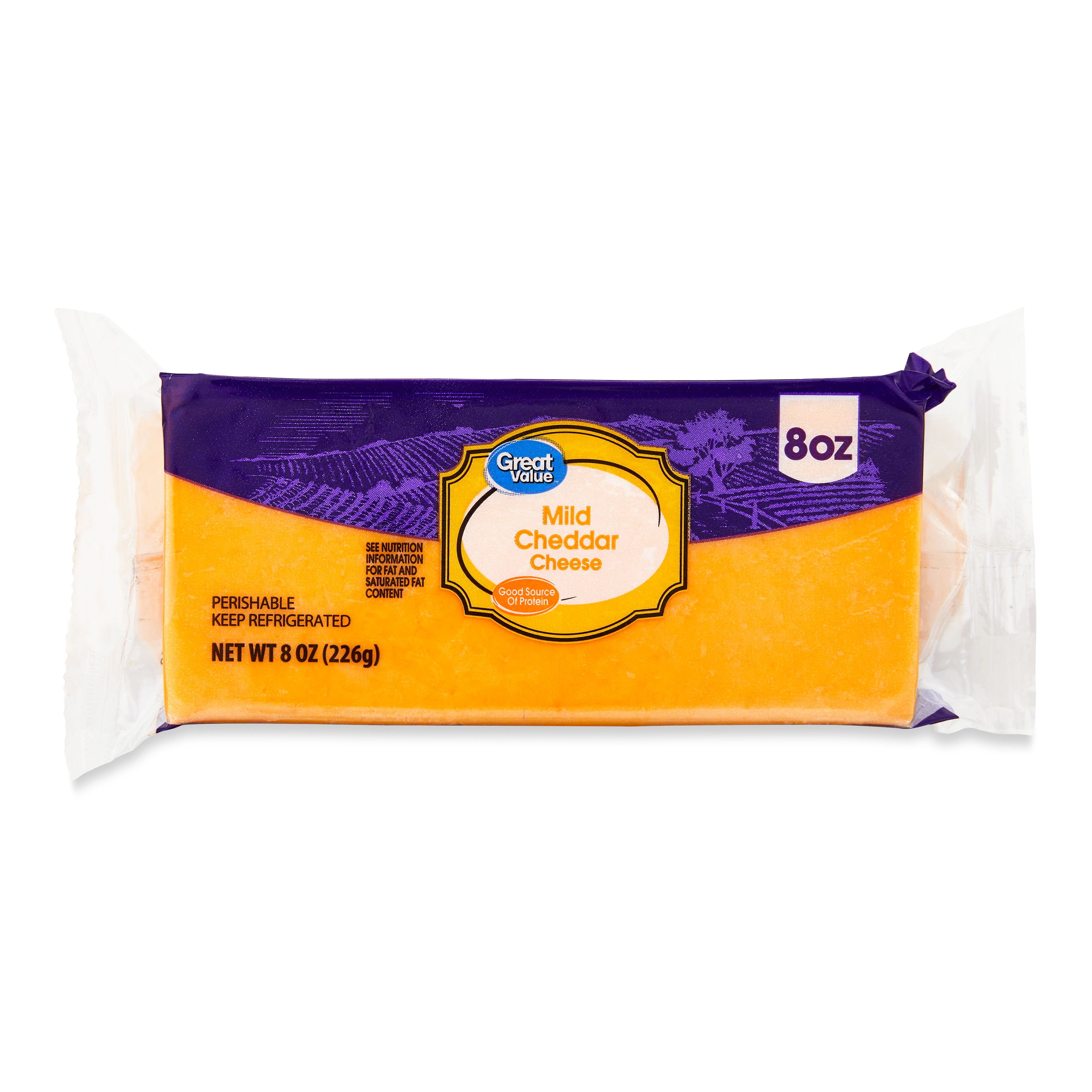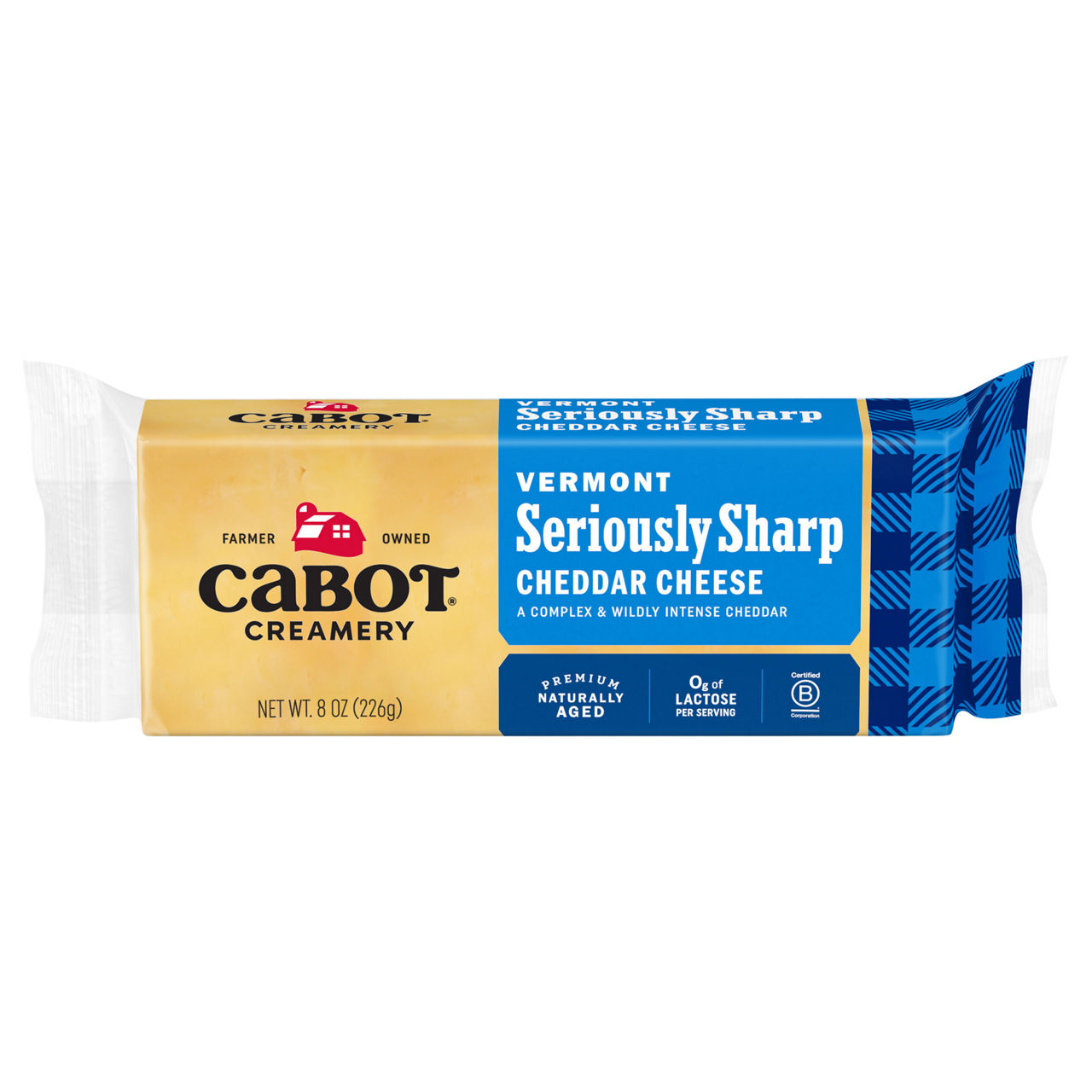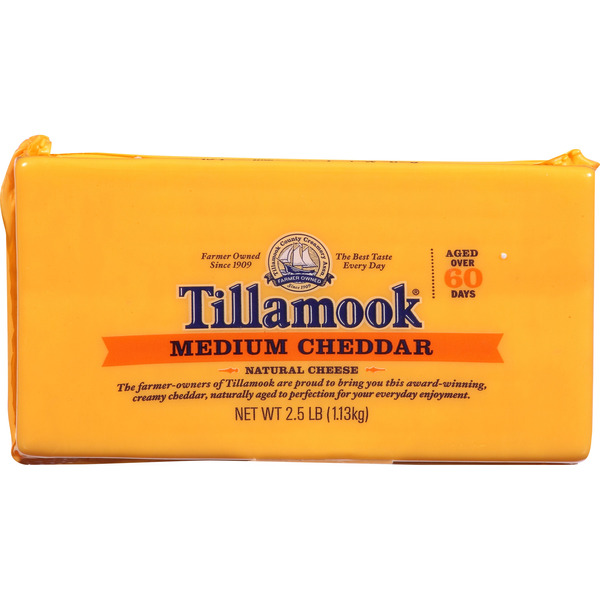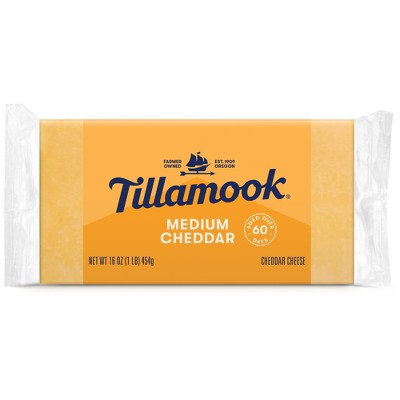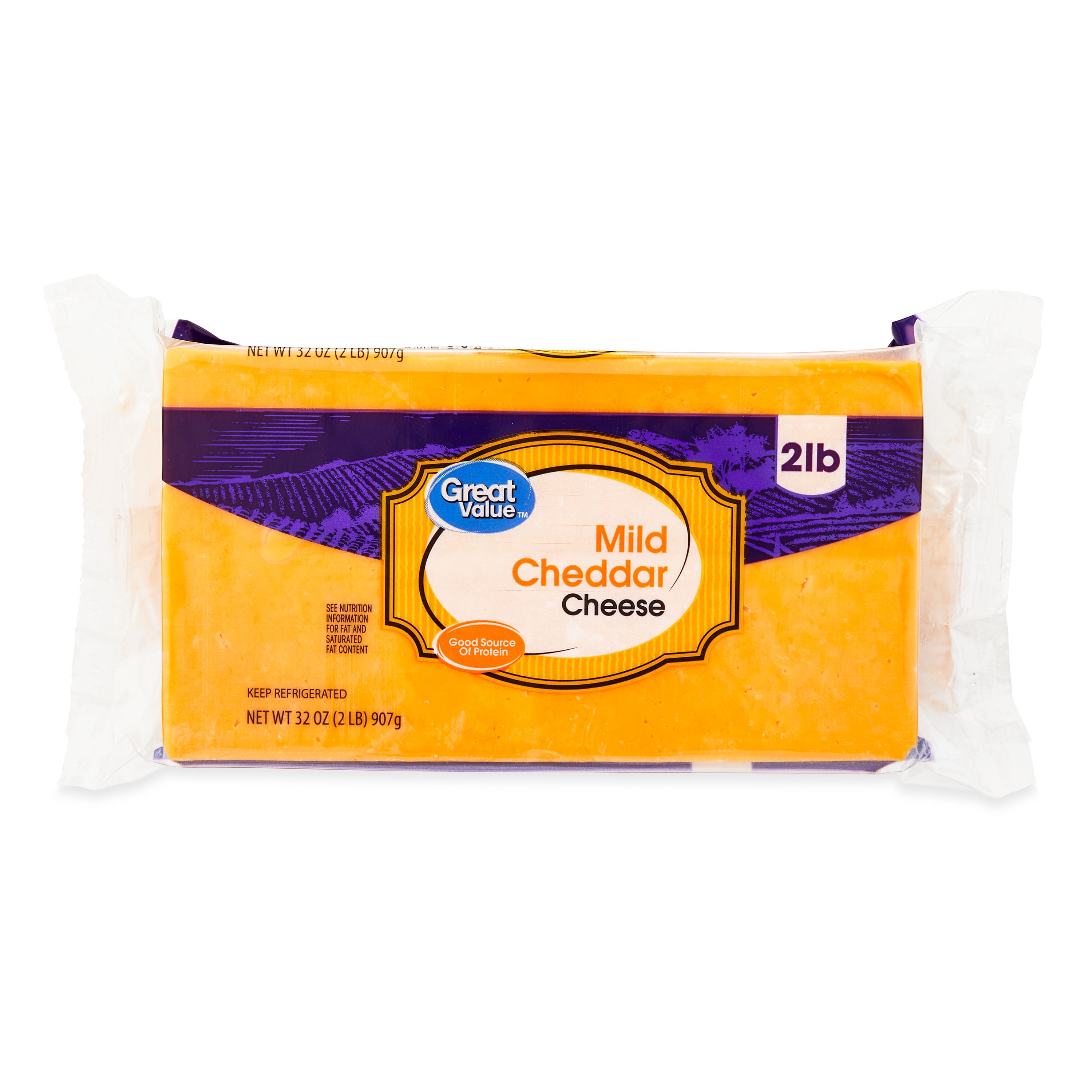Cheddar Cheese
Cheddar cheese is a popular and versatile hard cheese, known for its distinctive sharp flavor and smooth texture. Originating from the English village of Cheddar in the 12th century, this cheese is now produced in various countries worldwide. Made from cow's milk and aged for varying periods, cheddar cheese comes in several levels of sharpness. The longer a cheddar is aged, the stronger and more crumbly it becomes.
Cheddar cheese is a staple in many households due to its adaptability in various dishes. It can be used for cooking purposes, such as in grilled cheese sandwiches, casseroles, and macaroni and cheese, or enjoyed on its own as a snack with crackers or fruit. Its distinct taste also makes it a popular choice for cheese boards and charcuterie platters.
4%
CARBS
53%
FAT
43%
PROTEIN
3,643 Cheddar Cheese Products
Cabot Creamery Vermont Sharp Cheddar Cheese
Great Value Mild Cheddar Cheese
Great Value Block Medium Cheddar Cheese
Great Value Medium Cheddar Cheese
Great Value Mild Cheddar Cheese
Tillamook Medium Cheddar Cheese Loaf
Cabot Creamery Bar Seriously Sharp Yellow Cheddar Cheese
Tillamook Medium Cheddar Cheese
Tillamook Medium Cheddar Cheese Block
Great Value Mild Cheddar Cheese
Used In 298 Recipes
6
Velvety Chicken, Broccoli & Cheddar Rotini Pasta
4
Hearty Weeknight Black Bean and Beef Chili
6
Creamy Tuna Noodle Casserole with Crunchy Breadcrumb Topping
3
Tex-Mex Macaroni Skillet
5
Cheesy Chicken Bacon Ranch Delight
1
Italian Cauliflower-Beef Bake
6
Cheesy Keto Burger Bites
4
Cheesy Trio Quesadilla
Cheddar Cheese Is Frequently Used With
Cheddar Cheese FAQ
Cooking with cheddar cheese can be incredibly rewarding, but it's not without its pitfalls. The most common issue people encounter is in understanding the different sharpness levels and how they affect a dish. Rather than sticking to the same 'medium' cheddar for every meal, try experimenting with 'mild', 'sharp', and 'extra sharp' varieties - different recipes will flourish with different levels of flavor intensity.
One major blunder many people do is they cut it while it’s cold, leading to crumbling. Allow your cheddar to warm up to room temperature before slicing. Also, avoid using cheddar cheese with powerful flavored foods, as it's easily overwhelmed and its unique taste can be lost.
To get the most out of your cheddar, combine it with contrasting flavors and textures. Apples, pears, and grapes are all wonderful accompaniments, and cheddar's bold, creamy flavor also pairs well with bold red wines and dark beers.
Little known tips and tricks with cheddar include using the rind in soups and stews for extra flavor and freeze grating the cheese for easier use later.
Can I melt cheddar cheese for my nachos?
Does the sharpness level of cheddar cheese influence its melting ability?
Why is my cheddar cheese crumbly?
Why does my cheddar cheese taste bitter?
Can cheddar cheese be frozen?
When a recipe calls for 'cheddar cheese', what type should I use?
Can I use cheddar cheese in my pasta?
Should cheddar cheese be served cold or at room temperature?
Does the color of cheddar cheese affect the taste?
Is cheddar cheese healthy?
Expiration & Storage Tips
When does cheddar cheese expire?
Cheddar cheese, like most hard cheeses, is known for its relatively long shelf life. If unopened and stored properly in the refrigerator, packaged cheddar cheese can last between 2 to 4 months past the printed expiration date. However, once it's opened, it should be consumed within 2 weeks. If you freeze cheddar cheese, it can extend its life by up to 6 months, although there would be some changes in its texture after freezing, but it should be fine when used in cooking.
How do you tell if cheddar cheese is bad?
It's fairly easy to tell if cheddar cheese has gone bad. You'll first want to check for any discoloration. If you see spots of mold, mostly white or blue in color, it's time to get rid of the cheese. However, bear in mind that since cheddar cheese isn't white, slight discolorations are normal. Also, if the cheese has developed an overly hard texture or an off smell (stronger than the usual strong smell that cheese has), it's probably gone bad.
Tips for storing cheddar cheese to extend shelf life
• Keep cheddar cheese refrigerated - it's best stored at temperatures between 35°F and 40°F.
• Wrap the cheese in parchment or wax paper before placing it in a plastic bag or wrap. This allows the cheese to breathe and prevents it from drying out.
• If you won't use up the cheese quickly, consider freezing it. You can grate it before freezing, which makes it easier to use in cooking later on.
• Store cheese separately from other foods as the cheese can absorb flavors from them.
• If there are very small spots of mold, you can save the cheese by cutting off at least an inch around and below the mold, just be sure to keep the knife out of the mold itself.
EXPIRES WITHIN
3 - 5
MONTHS
Substitutes

Shredded White Cheddar Cheese

Sliced Cheddar Cheese

Sliced Extra Sharp Cheddar Cheese

Sliced Sharp Cheddar Cheese

Sliced White Cheddar Cheese

Aged Cheddar Cheese

Extra Sharp Cheddar Cheese

Aged Sharp White Cheddar Cheese

Aged White Cheddar Cheese

Irish Cheddar Cheese
See All
Health Info
Macros
0g
CARBS
8g
FAT
6g
PROTEIN
Allowed on these diets
LOW FAT
HIGH CALCIUM
VEGETARIAN
KETO
MEDITERRANEAN
LOW CARB
GLUTEN FREE
Contains these allergens
MILK


